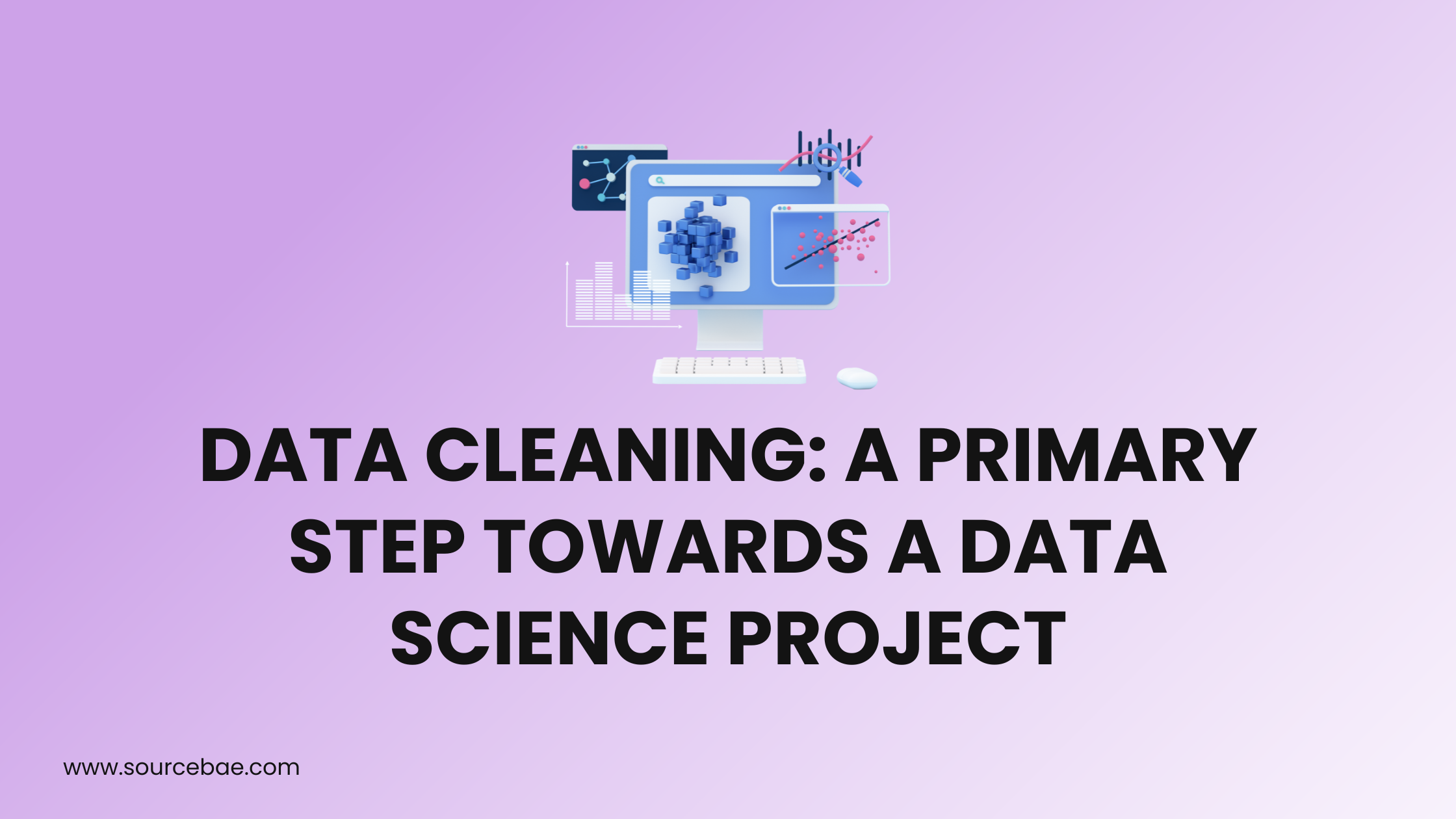In the realm of data science, the foundation of any successful project is laid upon clean and reliable data. This makes Data Cleaning an indispensable and primary step that directly influences the quality and accuracy of insights gained from data analysis. Data Cleaning ensures that the data used for analysis is accurate, complete, and free from errors, allowing data scientists to draw meaningful conclusions and make informed decisions.
Data Cleaning: A Primary Step Towards a Data Science Project
Data Cleaning, often referred to as data cleansing or data scrubbing, involves the process of identifying and rectifying errors, inconsistencies, and inaccuracies in datasets. It’s the cornerstone of data preparation, setting the stage for subsequent analysis and modeling. Ensuring the integrity of data prior to analysis is crucial, as erroneous data can lead to misguided conclusions and hinder the potential for valuable insights.
The Importance of Data Cleaning
Data Cleaning holds paramount importance in a data science project for several reasons:
Ensures Accuracy and Reliability
Data that is riddled with errors, missing values, or inconsistencies can skew analytical results and compromise the reliability of insights. Through meticulous data cleaning, these issues are identified and rectified, ensuring that the analysis is based on accurate and reliable data.
Enhances Model Performance
Clean data serves as the foundation for accurate predictive models. When models are trained on well-prepared data, they are more likely to produce reliable and consistent predictions, thus enhancing the overall performance of the model.
Improves Decision-Making
Inaccurate data can lead to poor decision-making, as it misrepresents the underlying trends and patterns. Clean data provides a clear and accurate view of the situation, enabling informed and effective decision-making.
Saves Time and Resources
Effective data cleaning can streamline the analysis process by reducing the need for repeated analyses due to erroneous outcomes. This not only saves time but also optimizes resource allocation within the project.
Techniques for Data Cleaning
Various techniques are employed to clean data effectively:
1. Handling Missing Values
Dealing with missing values is a critical aspect of data cleaning. Techniques such as imputation, where missing values are replaced by estimated values, help maintain the integrity of the dataset.
2. Removing Duplicates
Duplicate records can skew analysis results. Identification and removal of duplicates ensure that each data point is unique and contributes only once to the analysis.
3. Outlier Detection
Outliers can distort statistical analyses. Advanced outlier detection techniques help in identifying and handling these data points appropriately.
4. Standardizing Formats
Standardizing formats for categorical data, such as addresses and names, helps in creating a consistent dataset for analysis.
5. Handling Inconsistencies
Inconsistencies in data, such as conflicting data entries, require careful resolution to ensure accurate analysis results.
Challenges in Data Cleaning
While data cleaning is essential, it’s not without its challenges:
Dealing with Large Datasets
Large datasets can pose computational challenges during the data cleaning process. Efficient algorithms and distributed computing resources are needed to handle such cases.
Complex Data Relationships
Datasets with intricate relationships between variables can complicate the cleaning process. In such cases, specialized techniques are required to maintain data integrity.
Balancing Trade-offs
Certain data cleaning techniques, like imputation, involve trade-offs between accuracy and bias. Data scientists must make informed decisions while choosing the right approach.
FAQs
FAQ 1: Why is Data Cleaning Necessary?
Data cleaning ensures that the analysis is based on accurate and reliable data, leading to trustworthy insights and informed decision-making.
FAQ 2: Can’t We Skip Data Cleaning?
Skipping data cleaning can lead to inaccurate results, misguided decisions, and wasted resources. It’s a foundational step that should not be overlooked.
FAQ 3: What Tools are Available for Data Cleaning?
There are various tools like OpenRefine, Trifacta, and Python libraries (pandas) that facilitate data cleaning by offering features for data transformation, standardization, and validation.
FAQ 4: Is Data Cleaning a One-Time Process?
No, data cleaning is an iterative process. As new insights are gained, data may need to be re-evaluated and cleaned to ensure ongoing accuracy.
FAQ 5: How Does Data Cleaning Impact Machine Learning?
Clean data improves the performance of machine learning models by providing accurate input, resulting in better predictions and more reliable outcomes.
FAQ 6: What’s the Connection Between Data Cleaning and Data Ethics?
Data cleaning contributes to data ethics by ensuring that analysis is conducted on unbiased, accurate data, thereby preventing the propagation of biased or discriminatory results.
Conclusion
In the realm of data science, where the accuracy and reliability of insights are paramount, data cleaning emerges as a foundational and non-negotiable step. It is the primary ingredient that transforms raw data into a valuable resource for analysis, modeling, and decision-making. With the right techniques, tools, and dedication, data scientists can harness the power of clean data to unlock the true potential of their projects.





